As planned, the domestic H3 rocket No. 3 was launched from the Tanegashima Space Center in Kagoshima Prefecture (southwest Japan), launching the first stage after about 5 minutes and separating the satellite after about 17 minutes. The launch of the H3 rocket No. 3 was originally scheduled for June 30, but was postponed due to bad weather forecasts, according to Kyodo.
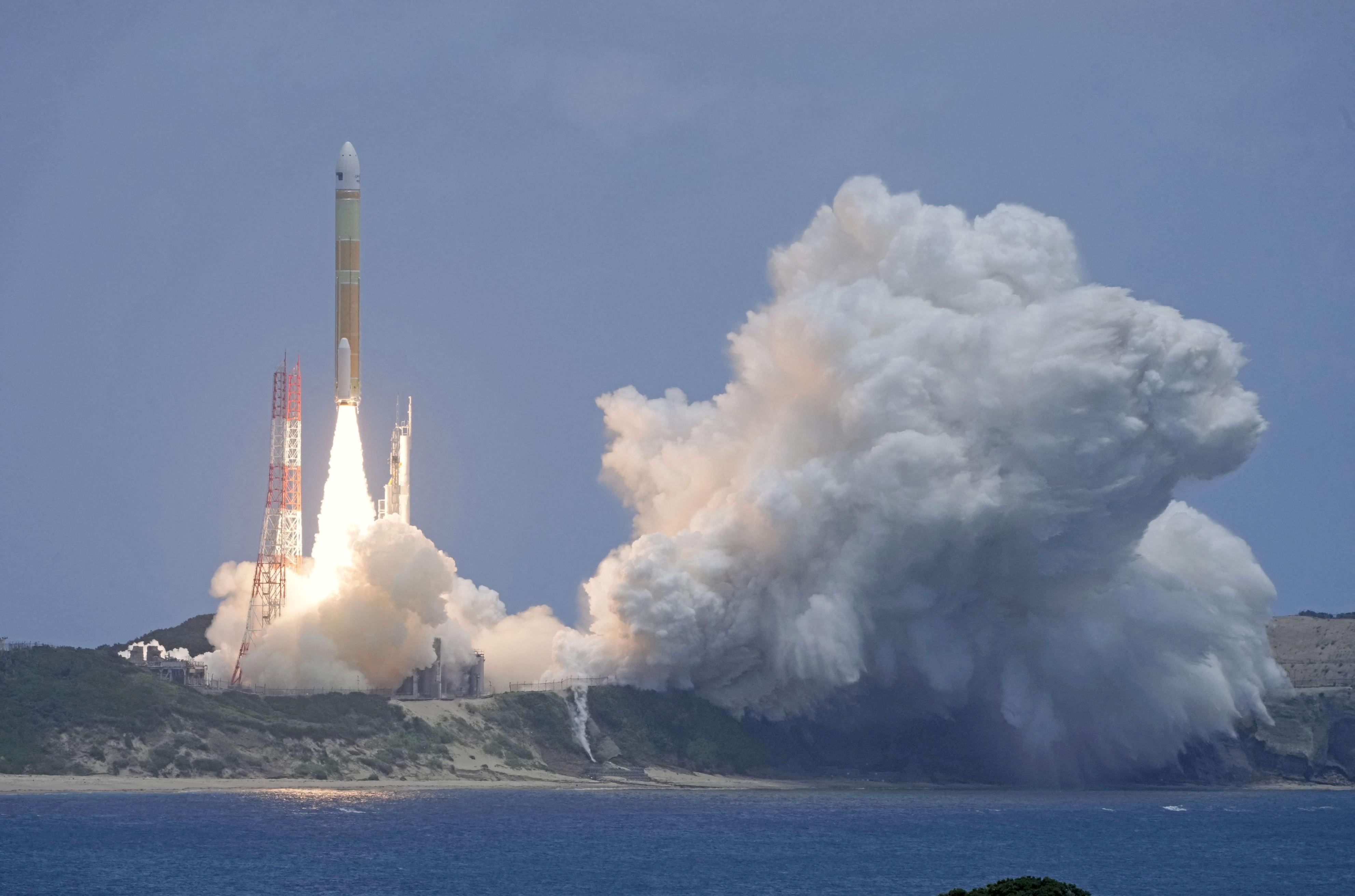
Japan's H3 rocket No. 3 carrying an earth observation satellite took off from the Tanegashima Space Center in Kagoshima Prefecture, Japan, on July 1, 2024.
The launch of the H3 rocket, the successor to Japan's H2A rocket, comes as the country seeks to gain a foothold in the increasingly competitive satellite sector. Japan plans to launch the H3 rocket six times a year this year.
The Advanced Land Observation Satellite 4 (ALOS-4), which is expected to carry out Earth observation missions and collect data for disaster response and mapping, will also be able to monitor military activities using infrared sensors developed by the Japanese Ministry of Defense, according to ABC News. Thanks to the use of radar, the satellite can capture images even in bad weather and at night.
In March 2023, Japan launched the H3 rocket No. 1 but failed due to the second stage engine not igniting. In February this year, the Japan Aerospace Exploration Agency announced the successful launch of a new H3 rocket, but it carried a dummy satellite, according to Kyodo.
The H3 liquid-fuel rocket was developed by JAXA and Mitsubishi Heavy Industries Ltd. to realize the goal of developing next-generation rocket systems and commercializing them while cutting production costs. Japan now sees stable and commercially competitive space capabilities as key to its space program and national security.
Source: https://thanhnien.vn/nhat-ban-phong-thanh-cong-ten-lua-h3-mang-theo-ve-tinh-185240701115249406.htm




![[Photo] General Secretary To Lam holds talks with General Secretary and President of China Xi Jinping](https://vstatic.vietnam.vn/vietnam/resource/IMAGE/2025/4/14/b3d07714dc6b4831833b48e0385d75c1)
![[Photo] Prime Minister Pham Minh Chinh meets with General Secretary and President of China Xi Jinping](https://vstatic.vietnam.vn/vietnam/resource/IMAGE/2025/4/14/893f1141468a49e29fb42607a670b174)
![[Photo] National Assembly Chairman Tran Thanh Man meets with General Secretary and President of China Xi Jinping](https://vstatic.vietnam.vn/vietnam/resource/IMAGE/2025/4/14/4e8fab54da744230b54598eff0070485)
![[Photo] Reception to welcome General Secretary and President of China Xi Jinping](https://vstatic.vietnam.vn/vietnam/resource/IMAGE/2025/4/14/9afa04a20e6441ca971f6f6b0c904ec2)
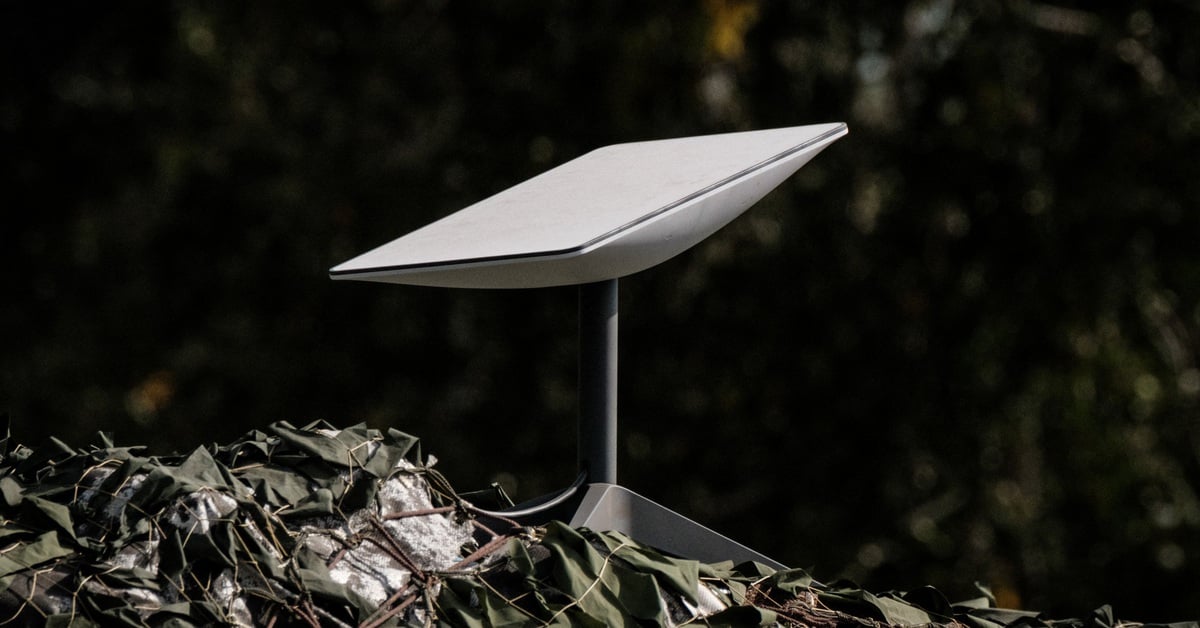

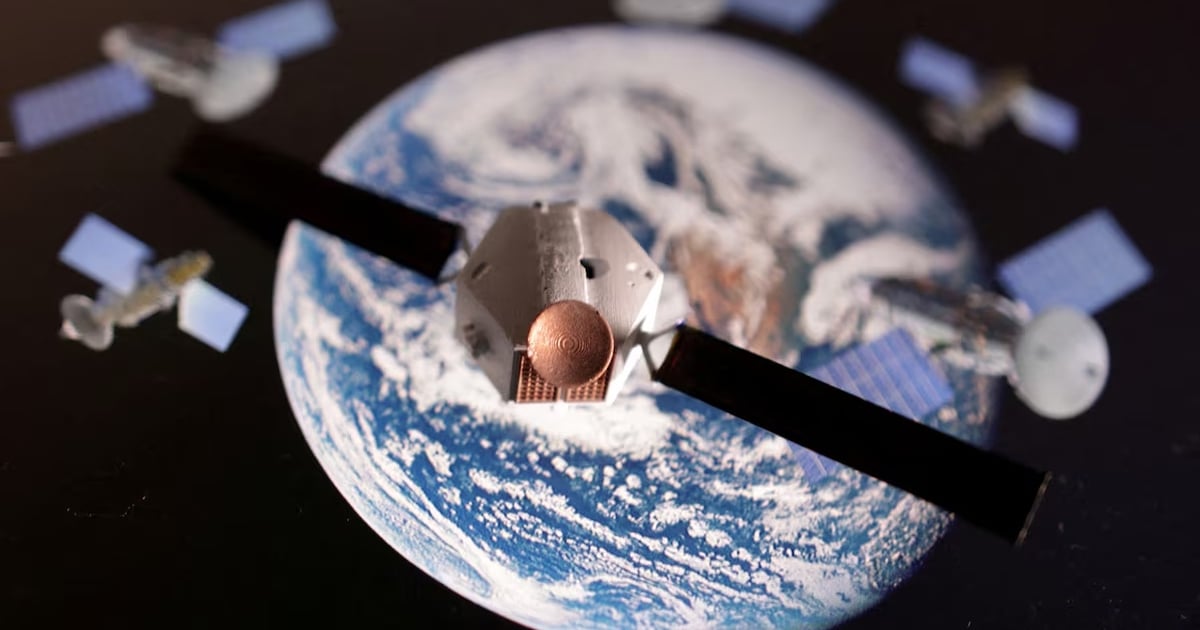
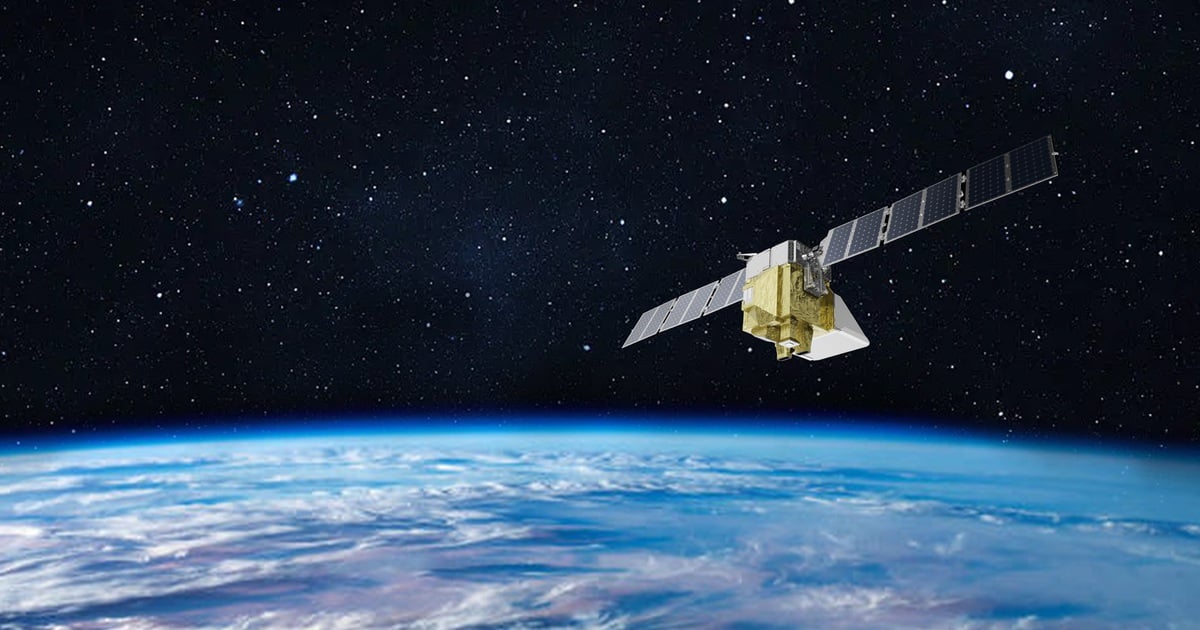
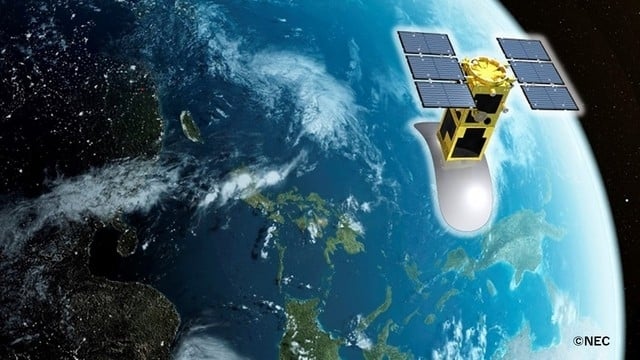


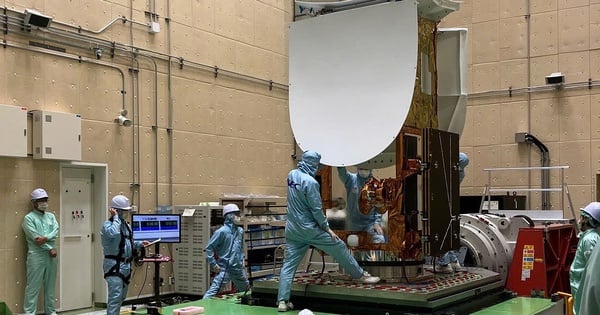










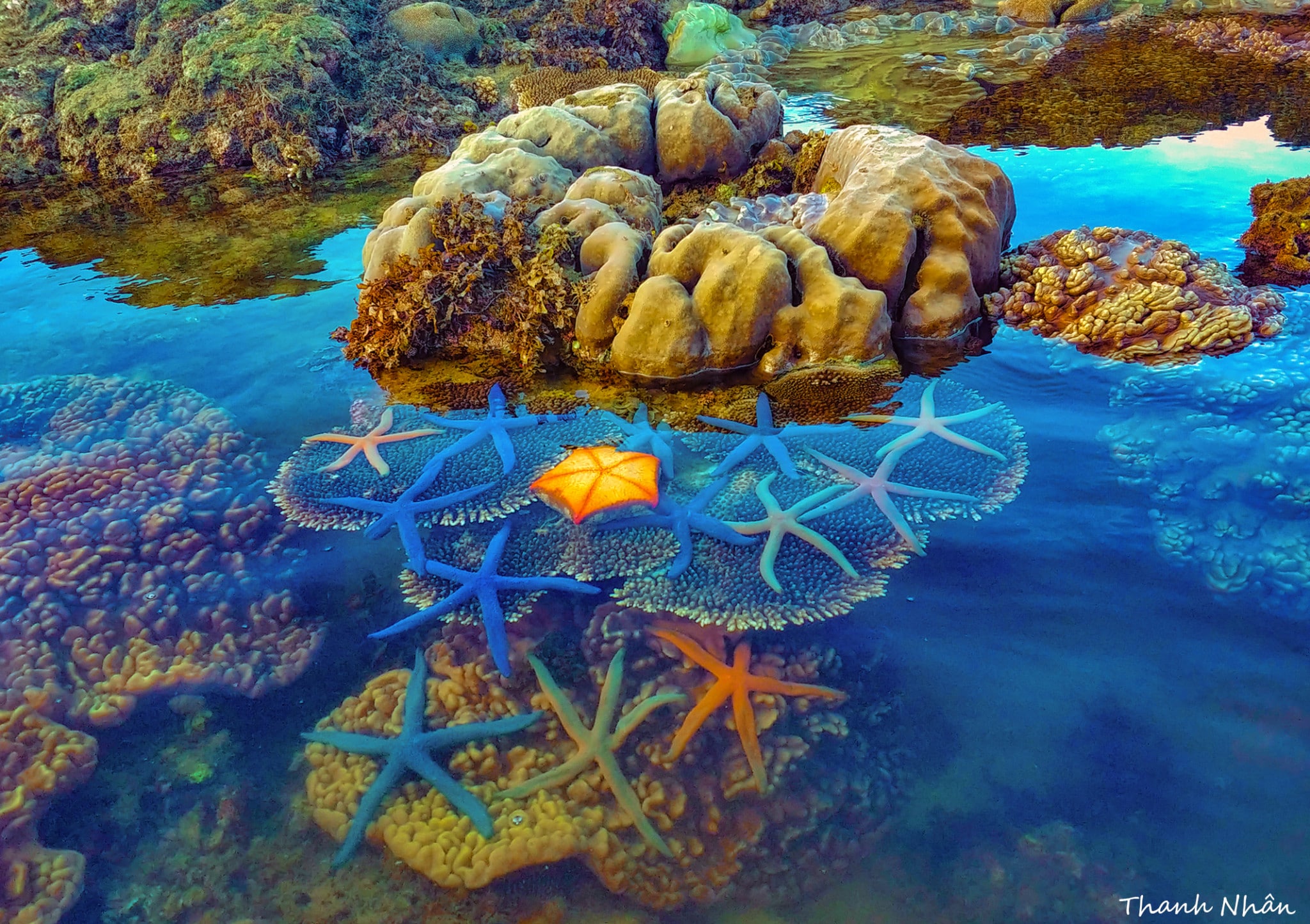




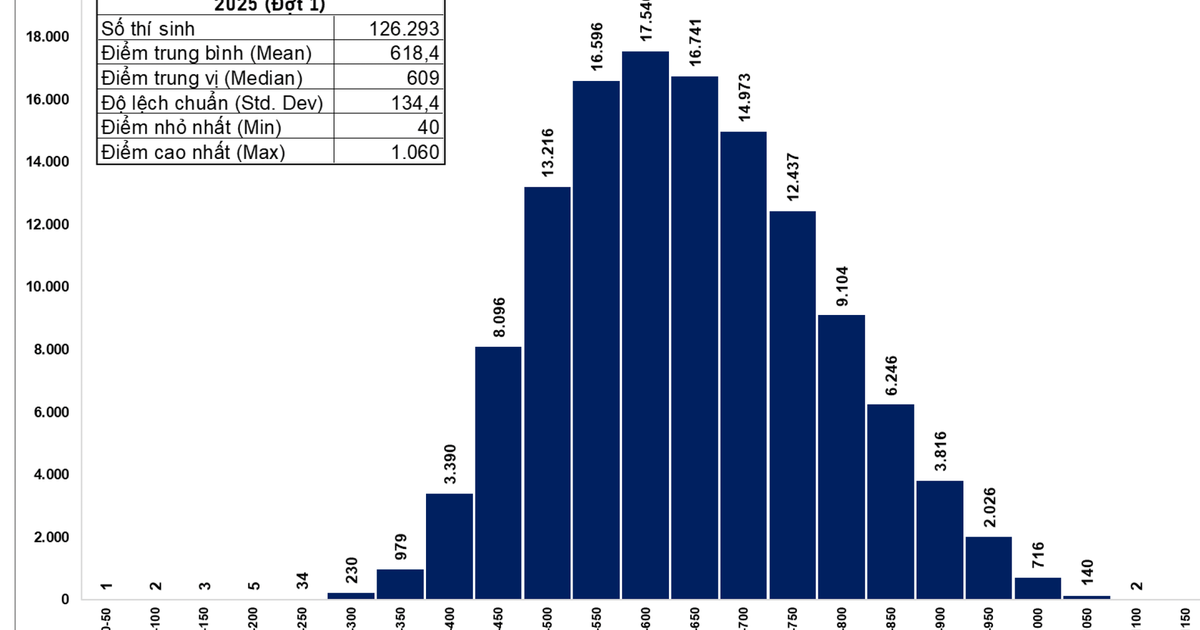



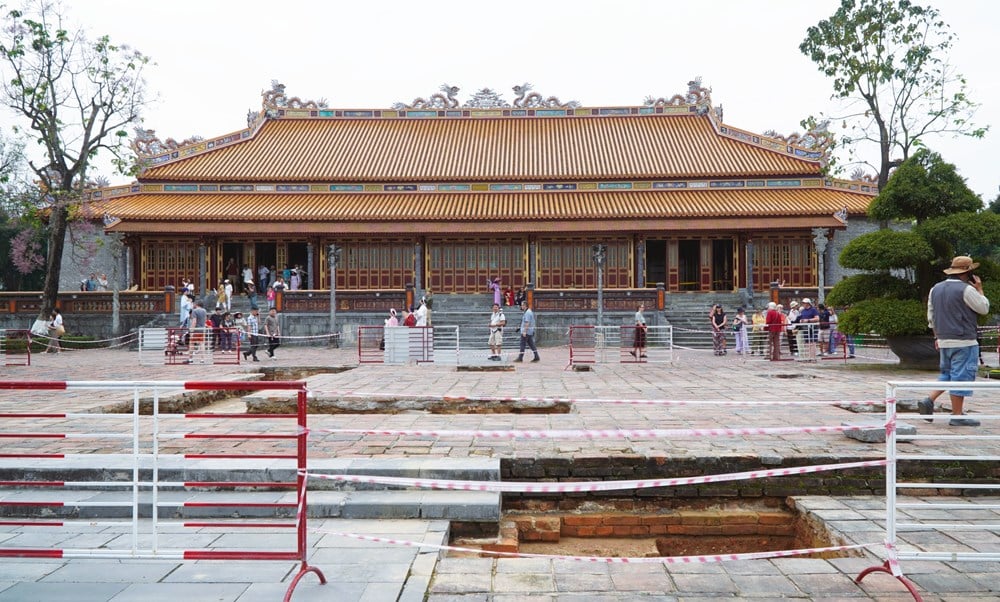














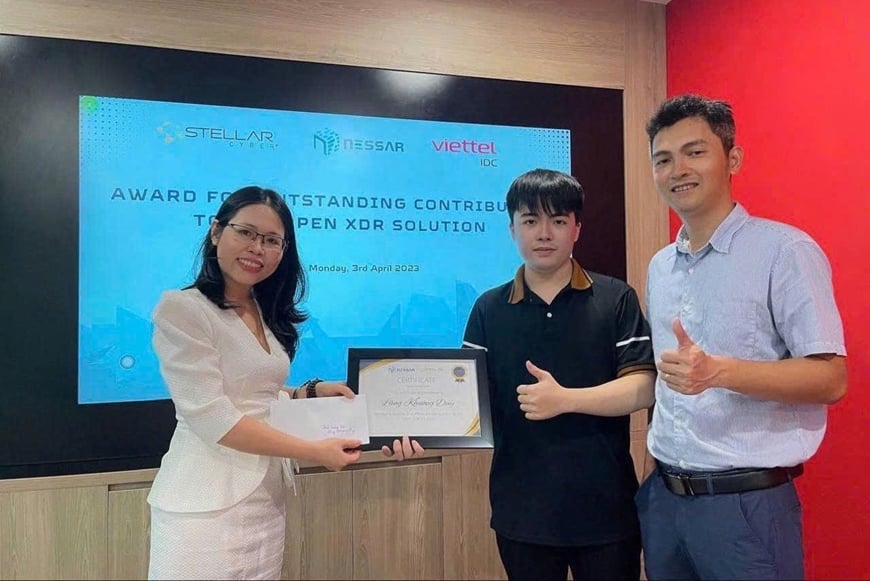


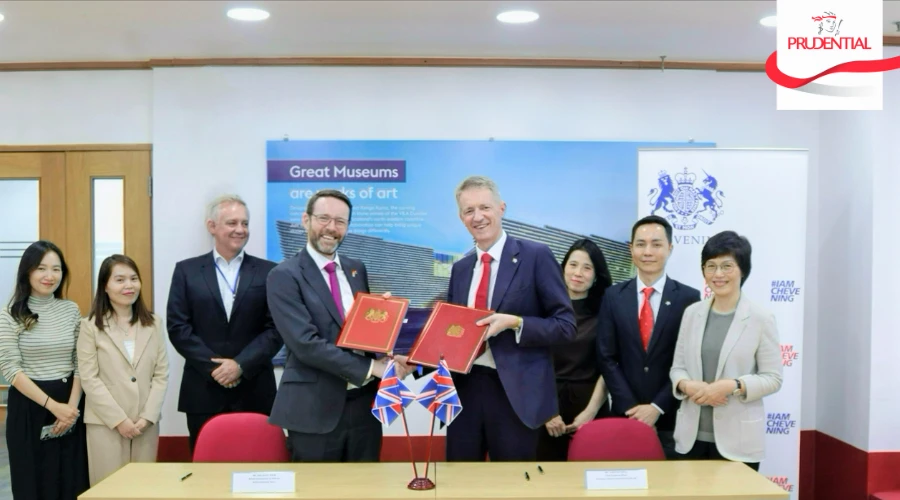

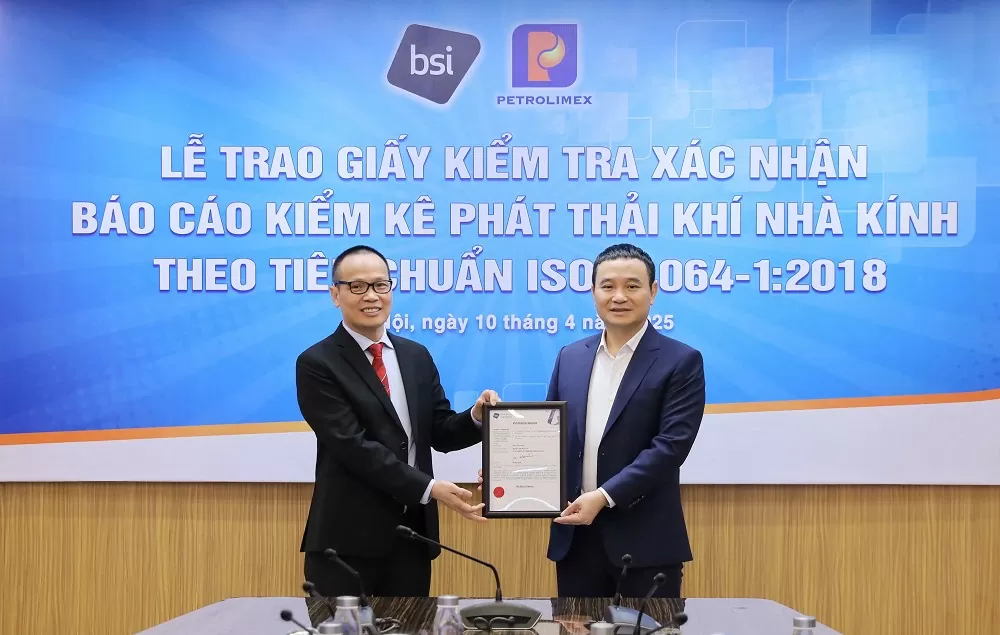





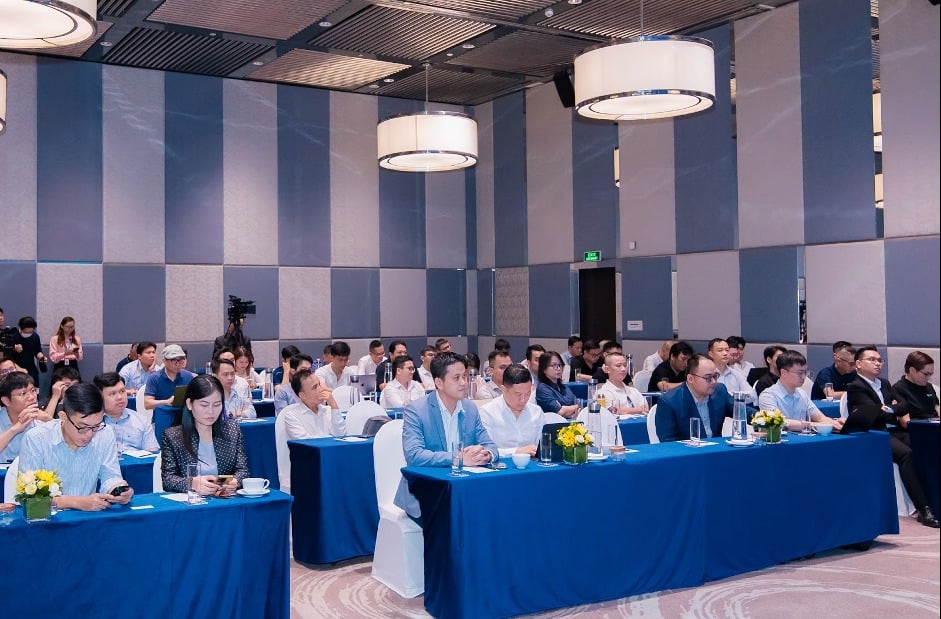



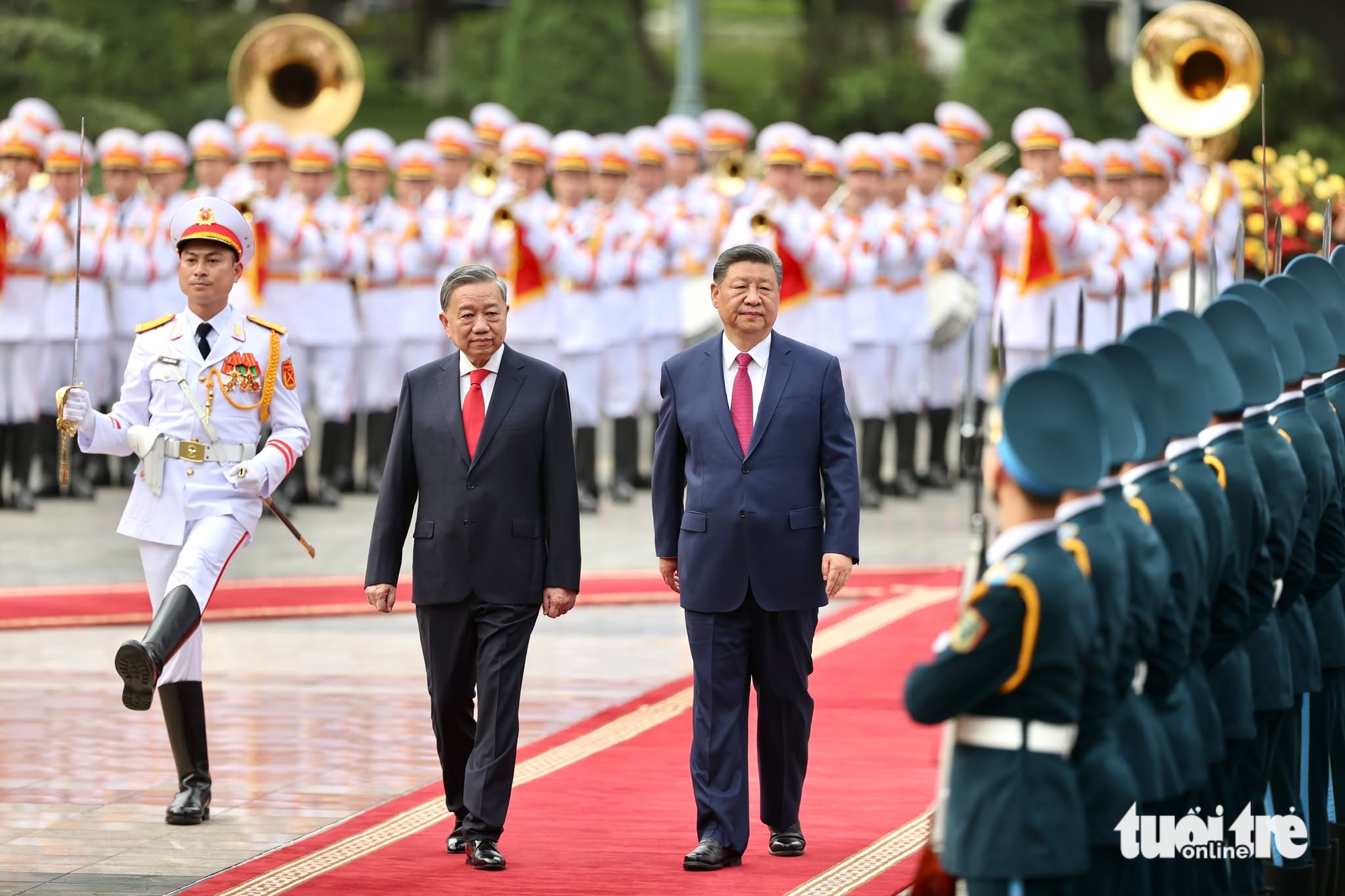
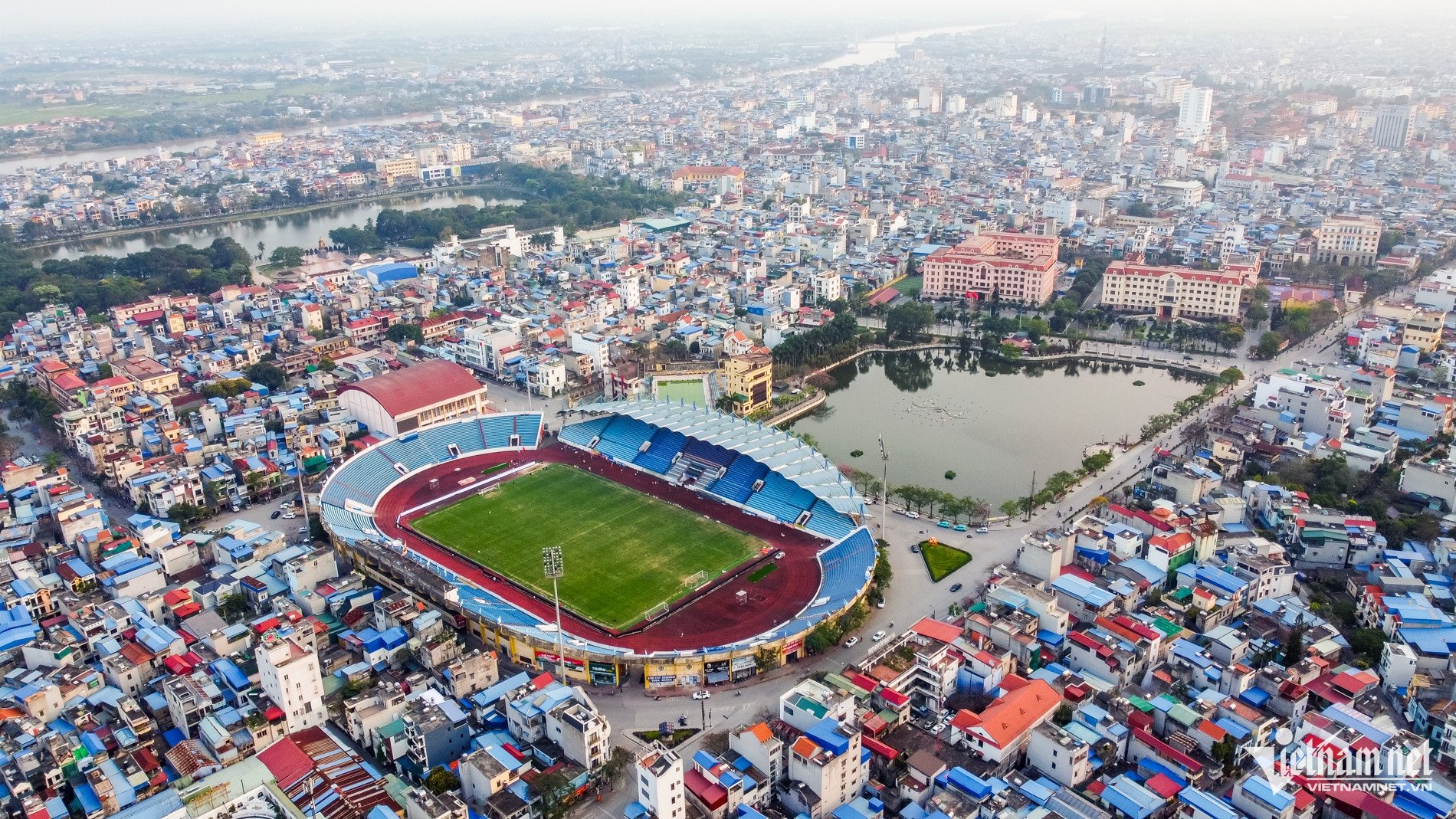





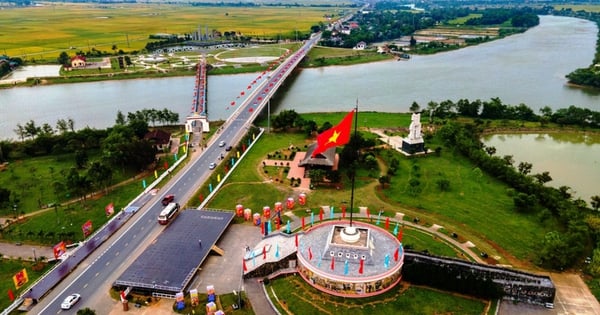






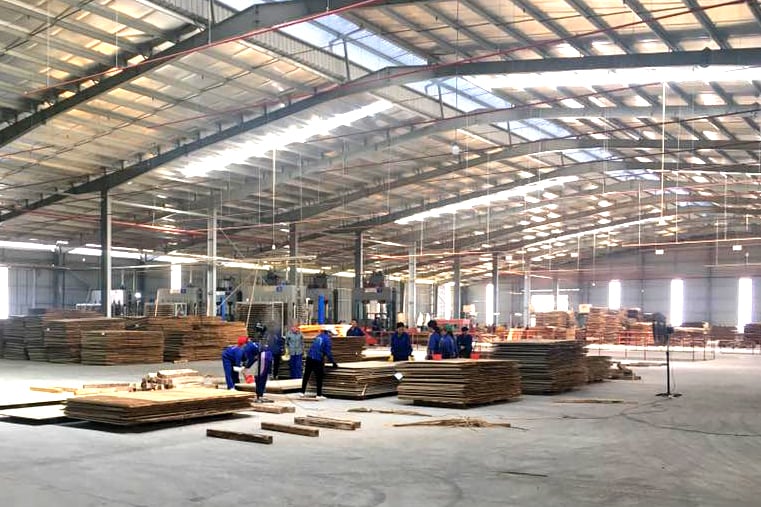












Comment (0)